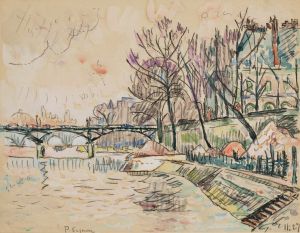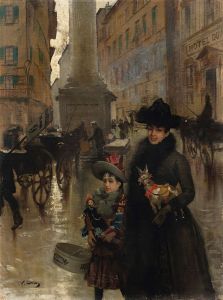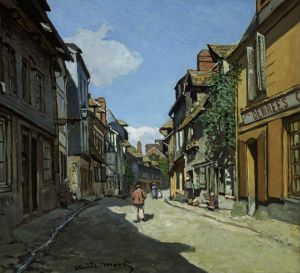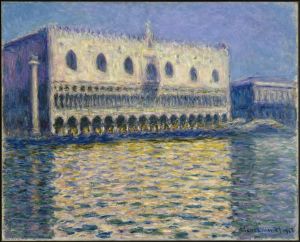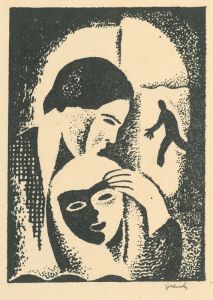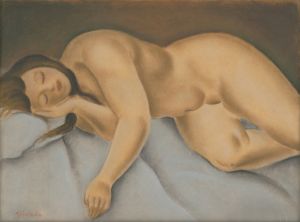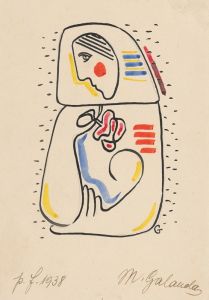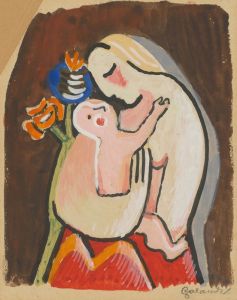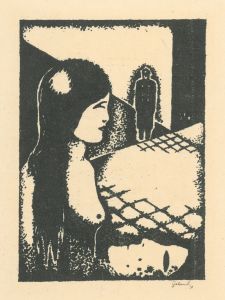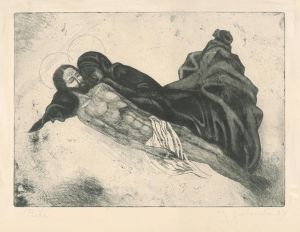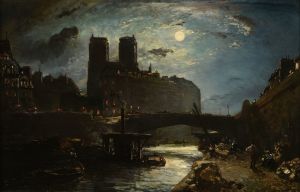
Kojaca matka s architektúrou v pozadí
A hand-painted replica of Mikuláš Galanda’s masterpiece Kojaca matka s architektúrou v pozadí, meticulously crafted by professional artists to capture the true essence of the original. Each piece is created with museum-quality canvas and rare mineral pigments, carefully painted by experienced artists with delicate brushstrokes and rich, layered colors to perfectly recreate the texture of the original artwork. Unlike machine-printed reproductions, this hand-painted version brings the painting to life, infused with the artist’s emotions and skill in every stroke. Whether for personal collection or home decoration, it instantly elevates the artistic atmosphere of any space.
Mikuláš Galanda was a prominent Slovak painter, illustrator, and graphic artist, recognized as one of the pioneers of modern art in Slovakia. His work, "Kojaca matka s architektúrou v pozadí" (translated as "Nursing Mother with Architecture in the Background"), is a notable piece that reflects his unique style and contribution to Slovak modernism.
Galanda was born on March 4, 1895, in Turčianske Teplice, then part of the Austro-Hungarian Empire. He studied at the Academy of Fine Arts in Budapest and later at the Academy of Fine Arts in Prague, where he was influenced by the avant-garde movements of the early 20th century. His exposure to various European art styles, including Cubism, Expressionism, and Fauvism, significantly shaped his artistic development.
"Kojaca matka s architektúrou v pozadí" is a testament to Galanda's ability to blend traditional Slovak themes with modernist techniques. The painting depicts a mother nursing her child, a subject that resonates with themes of motherhood and family, which are recurrent in Galanda's work. The inclusion of architectural elements in the background adds a layer of complexity and depth, suggesting a dialogue between the personal and the structural, the intimate and the public.
Galanda's use of color and form in this painting is indicative of his modernist approach. He often employed bold colors and simplified forms to convey emotion and meaning, moving away from the detailed realism that characterized earlier Slovak art. This stylistic choice aligns with the broader European modernist movement, which sought to break away from traditional artistic conventions and explore new ways of seeing and representing the world.
Throughout his career, Galanda was deeply involved in the Slovak art scene. He was a founding member of the "Generation 1909," a group of Slovak artists who were instrumental in introducing modernist ideas to Slovakia. This group played a crucial role in the development of Slovak art, advocating for innovation and the integration of contemporary European artistic trends.
Galanda's work, including "Kojaca matka s architektúrou v pozadí," reflects his commitment to both national identity and modernist expression. He sought to create art that was distinctly Slovak yet engaged with the broader currents of European modernism. This dual focus is evident in his choice of subjects, which often draw on Slovak folklore and everyday life, and his stylistic techniques, which incorporate elements of Cubism and Expressionism.
Unfortunately, Galanda's life and career were cut short when he died on June 5, 1938, at the age of 43. Despite his relatively brief career, his impact on Slovak art was profound. His work continues to be celebrated for its innovative approach and its role in shaping the trajectory of modern art in Slovakia.
"Kojaca matka s architektúrou v pozadí" remains an important piece within Galanda's oeuvre, exemplifying his artistic vision and his contribution to the cultural landscape of Slovakia. It stands as a testament to his ability to merge personal, national, and modernist themes into a cohesive and compelling artistic expression.





